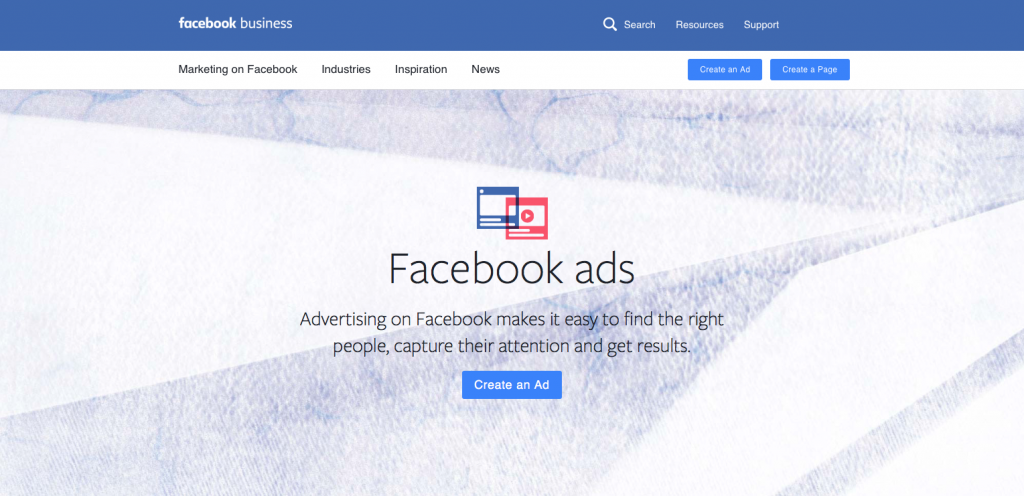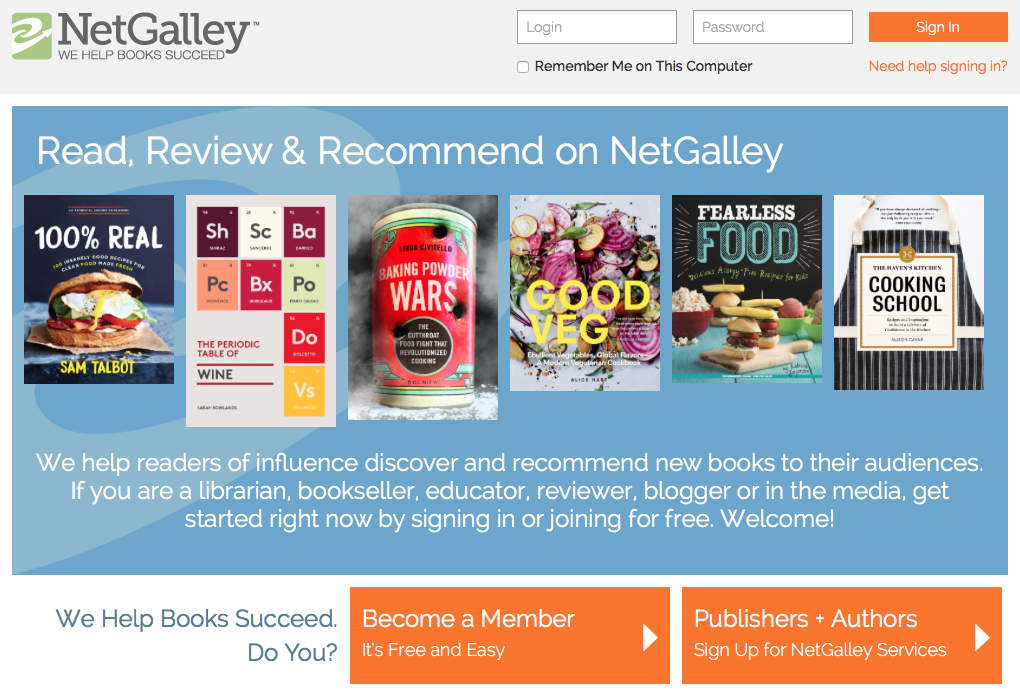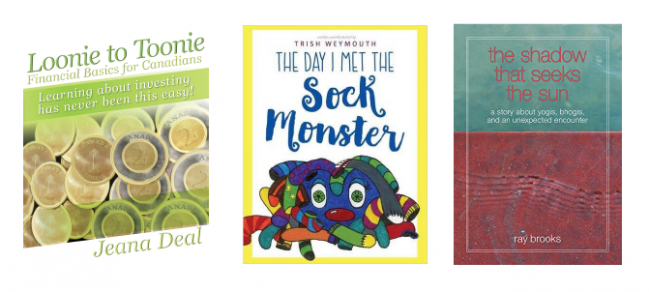IngramSpark changes Print on Demand book pricing structure
Effective June 5, 2017, IngramSpark will be adjusting their print rates and no longer offering the bulk order discounts that were previously available (10% per 100 books). The adjusted print rates can be found here. If you have any questions about the new pricing structure, please feel free to reach out to IngramSpark’s customer support team: 1-855-99SPARK.
For all of our published authors, please take some time to check the new print rates and adjust your suggested retail price if necessary. IngramSpark provides information on how to adjust your retail price here.
Most books with a black and white interior will decrease in print costs. In some cases, colour interior print costs have increased.
About IngramSpark and POD
The book distribution process within the book publishing industry, which refers to the process of making your book available to the public, has changed dramatically over the past 20 years; it is now possible to make your book available to over 30,000 booksellers (Amazon.com, Chapters.ca etc.) through IngramSpark, our central Print on Demand distributor. POD is an effective avenue for self-published authors because you can print one book at a time at economical prices.
| Thank you for Signing Up |






